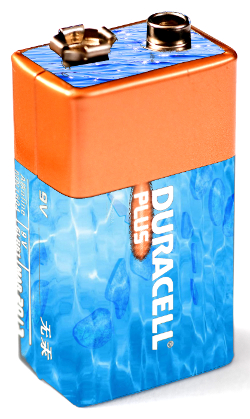Hydrogen find could boost green storage
 Local researchers have discovered cheaper and more efficient materials for producing hydrogen for renewable energy storage.
Local researchers have discovered cheaper and more efficient materials for producing hydrogen for renewable energy storage.
The potential for the chemical storage of renewable energy in the form of hydrogen is being investigated around the world, and the Australian Government has expressed interest in developing a hydrogen export industry to export our own abundant renewable energy.
“In principle, hydrogen offers a way to store clean energy at a scale that is required to make the rollout of large-scale solar and wind farms as well as the export of green energy viable,” says Professor Anthony O’Mullane from QUT.
“However, current methods that use carbon sources to produce hydrogen emit carbon dioxide, a greenhouse gas that mitigates the benefits of using renewable energy from the sun and wind.
“Electrochemical water splitting driven by electricity sourced from renewable energy technology has been identified as one of the most sustainable methods of producing high-purity hydrogen.”
Professor O’Mullane said the new composite material he and PhD student Ummul Sultana had developed enabled electrochemical water splitting into hydrogen and oxygen using cheap and readily available elements as catalysts.
“Traditionally, catalysts for splitting water involve expensive precious metals such as iridium oxide, ruthenium oxide and platinum,” he said.
“An additional problem has been stability, especially for the oxygen evolution part of the process.
“What we have found is that we can use two earth-abundant cheaper alternatives - cobalt and nickel oxide with only a fraction of gold nanoparticles – to create a stable bi-functional catalyst to split water and produce hydrogen without emissions.
“From an industry point of view, it makes a lot of sense to use one catalyst material instead of two different catalysts to produce hydrogen from water.”
“Traditionally, catalysts for splitting water involve expensive precious metals such as iridium oxide, ruthenium oxide and platinum,” he said.
“An additional problem has been stability, especially for the oxygen evolution part of the process.
“What we have found is that we can use two earth-abundant cheaper alternatives - cobalt and nickel oxide with only a fraction of gold nanoparticles – to create a stable bi-functional catalyst to split water and produce hydrogen without emissions.
“From an industry point of view, it makes a lot of sense to use one catalyst material instead of two different catalysts to produce hydrogen from water.”







 Print
Print